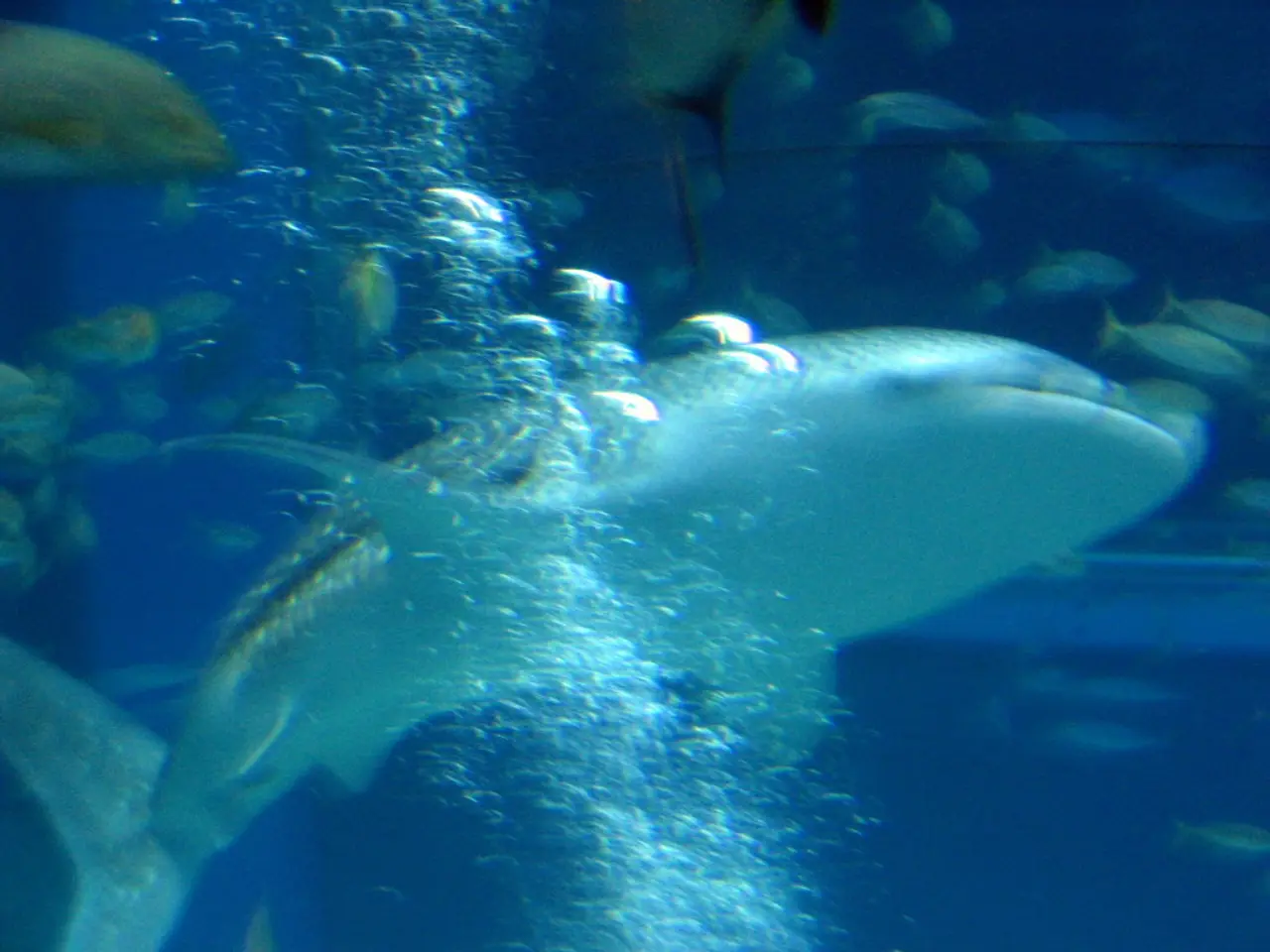Angel Sharks Face Extinction Due to Coastal Development and Rising Ocean Temperatures
The critically endangered angel shark is facing further decline due to coastal development and rising ocean temperatures. Once common in the Mediterranean and Atlantic, it's now rarely seen except in the Canary Islands.
The angel shark, once widespread from Norway to the Canary Islands, is now critically endangered. Its population has plummeted due to intensive fishing methods like trawling and bottom longline gear. Additionally, coastal tourist and commercial development is destroying its breeding areas, exacerbating the decline.
Scientists have observed changes in the mating behaviour of female angel sharks. In 2022, they largely avoided traditional mating areas in the La Graciosa Marine Reserve due to high temperatures. This shift, along with the overall warming of oceans, poses a significant threat to the species' survival. Angel sharks, especially females, are sensitive to temperature changes, making them vulnerable to extreme heatwaves.
The angel shark's future is bleak due to human activities and climate change. Conservation efforts are crucial to protect its remaining habitats, particularly in the Canary Islands, and to monitor its response to warming oceans. Further research is needed to understand and mitigate the impacts of climate change on this critically endangered species.
Read also:
- Urgent investment: Province funds 5.3 million dollars for expanding primary care in Elgin-Middlesex-London area
- Federal Environmental Protection Agency under scrutiny for alleged manipulation of soil sample results following East Palestine catastrophe
- Colon Cancer Genetic Testing: Insights into its Function, Application, and Additional Details
- RFK Jr. Takes Bold Step in Vaccine Research Development, Possibly Poseing a Threat to Public Safety






